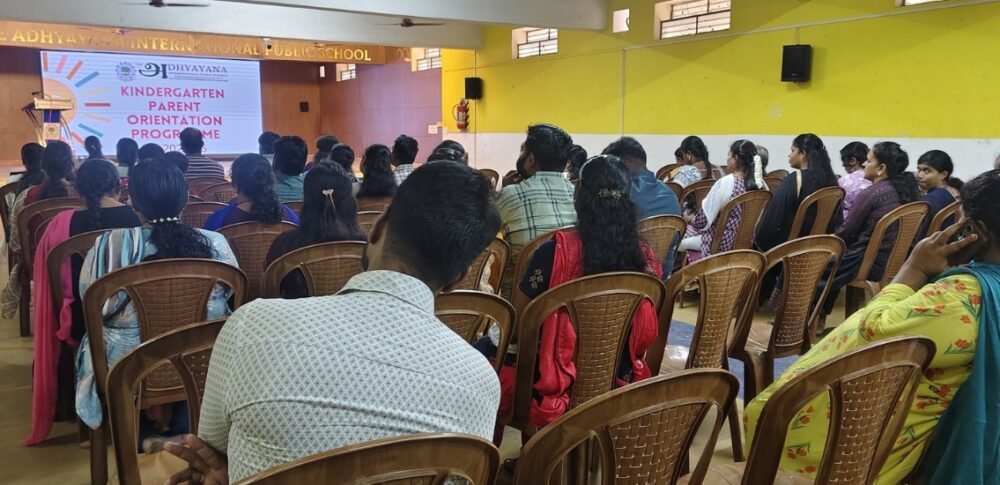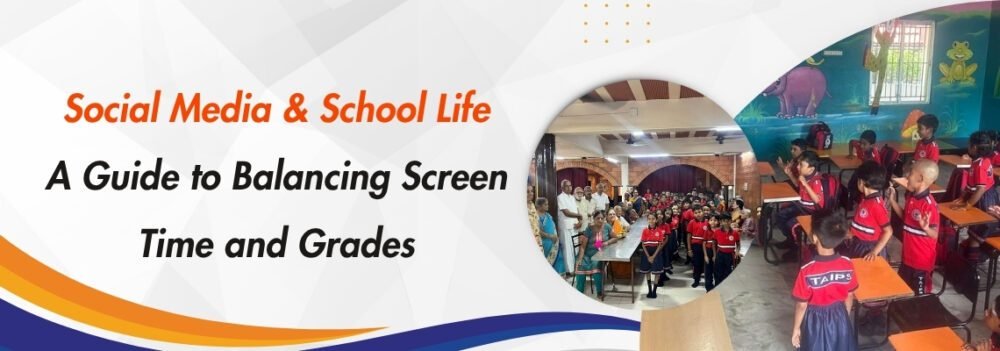Social media school balance is a challenge many students face today as they juggle posts, messages, and homework. It’s easy to lose track of time while scrolling, and grades can slip without notice. This guide offers clear steps to help students keep up with social life online and stay on top of schoolwork.
Understanding the Impact of Social Media on Learning
Social media can offer fun breaks and help students feel connected. But constant notifications and the urge to check feeds can interrupt studying. Each interruption, even for a minute, makes it harder to return to deep focus. Over time, these breaks add up and can lower the quality of homework or test prep. Being aware of this impact is the first step toward better balance.
Setting a Healthy Daily Routine
A steady schedule helps students know when to study, rest, and enjoy social media. Start by listing school hours, homework time, and any after‑school activities. Then add short social media breaks as rewards after completing tasks. For example, 25 minutes of studying can earn a 5‑minute check‑in on social apps. A clear routine keeps both academics and social life on track.
Creating Clear Study Zones
Having a dedicated study spot makes it easier to focus. Choose a quiet corner with good lighting, a comfortable chair, and no distractions. Keep phones out of reach or in another room during work sessions. If a quick check is needed, set a timer and stick to it. A clean, organized space signals the brain that it’s time to learn, not scroll.
Using Tools to Manage Screen Time
Most phones and tablets offer built‑in screen time controls. Students can set daily limits for social media apps or schedule downtime when apps are blocked. There are also third‑party apps that lock social platforms during study hours. These tools are simple to set up and help remove the decision to resist temptation.
Practical Tips for Staying Focused
One way to stay on task is to write down clear goals before each study session. A note like “Finish math worksheet” or “Read two chapters” shows progress at a glance. When it’s time for a break, step away from the desk, stretch, and then check social media. This clear boundary keeps breaks from stretching into hours.
Involving Parents and Teachers

Parents and teachers can support healthy habits by setting shared rules. Families might agree on no phones at the dinner table or quiet hours after homework. Teachers can offer short tech‑free times in class to help students reset. Open talks about screen time make it easier for students to ask for help when they feel overwhelmed.
Balancing Online Friends and Real‑Life Connections
Social media often feels like the easiest way to stay in touch. Yet face‑to‑face chats or phone calls can be more satisfying and less distracting. Students can plan regular meetups with friends, even if it’s just a study group. Quality time offline builds social skills and reduces the need to check apps constantly.
Recognizing When to Step Back
It’s normal to feel the pull of social media, but it can become unhealthy if it causes stress, sleep loss, or falling grades. Signs that it’s time to take a break include feeling anxious when away from apps, losing interest in hobbies, or seeing a drop in test scores. A short social media detox—just a few days without logging in—can help reset habits.
Celebrating Progress and Staying Flexible
Not every day will go as planned, and that’s okay. Students can mark wins like sticking to study times or cutting social breaks by half. Small rewards—a favorite snack or extra game time—can keep motivation high. If a plan isn’t working, adjust it. Balance is a moving target, and small changes add up over weeks and months.
Keeping social media school balance takes awareness and a few simple steps. By setting routines, creating focused study spaces, using screen time tools, and leaning on parents and teachers, students can enjoy their online lives without risking grades. Remember, it’s about making small changes that build healthy habits over time.


